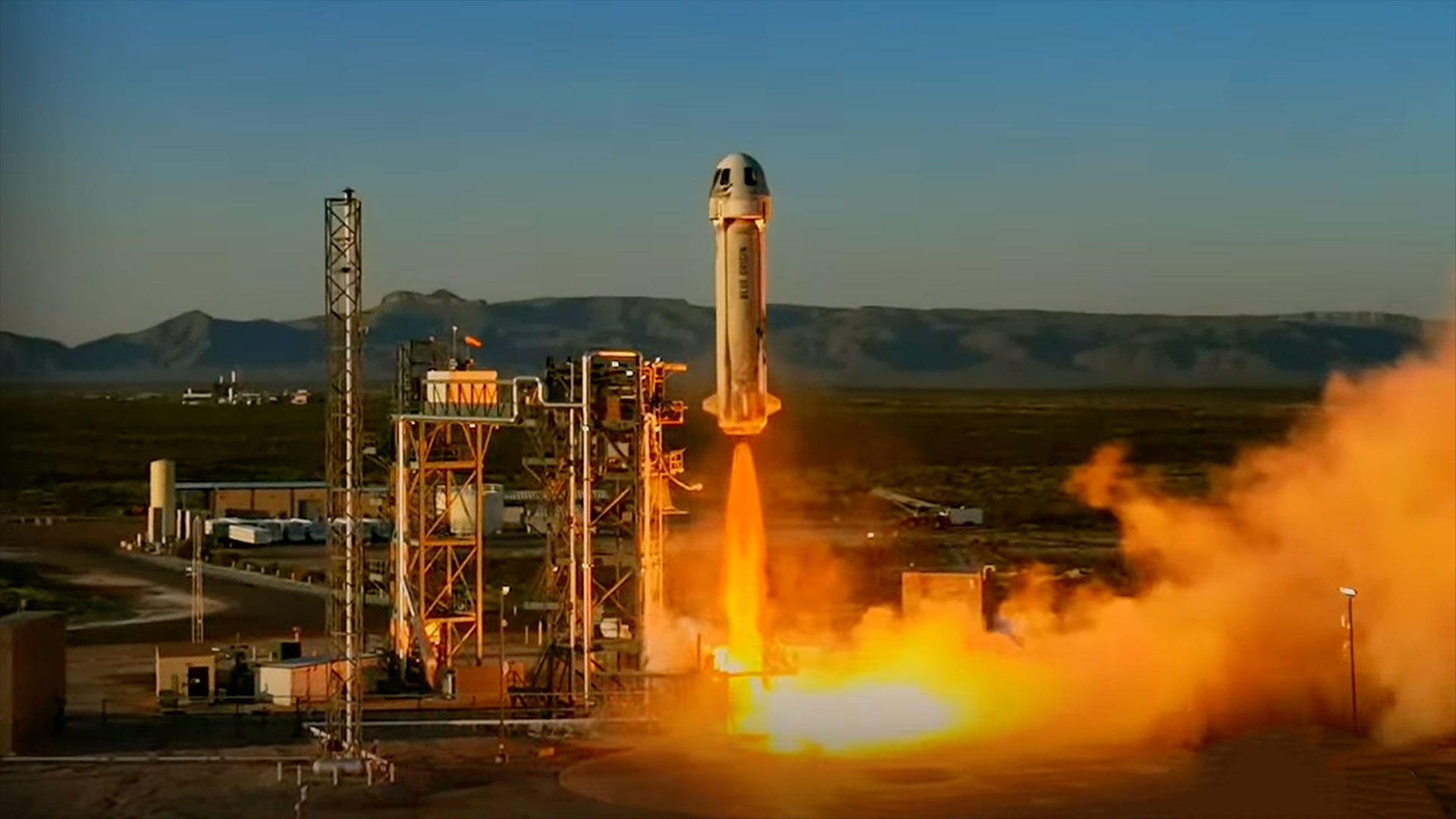Revised NASA Shuttle Plan Includes Most Station Hardware
NASA expects to fly 19 space shuttle missions between 2006 and the orbiter fleet's planned retirement in 2010, completing by then a six-person International Space Station that would include most but not all of the hardware being built by the U.S. space agency's international partners.
NASA's revised space station plan, the result of several months of internal study, is slated for public release later in October. A preview of the so-called Shuttle/Station Configuration Options Team (S/SCOT) study provided to Space News shows that NASA intends to launch Europe's Columbus laboratory module and the Japanese Experiment Module before retiring the shuttle. But NASA's revised space station plan would eliminate the Russian Solar Power Platform and the Centrifuge Accommodation Module that the Japan Aerospace Exploration Agency had agreed to build for NASA under a barter agreement. Both the Russian power platform and the centrifuge module are designed to launch aboard the space shuttle.
NASA spokeswoman Debra Rahn said Oct. 6 that NASA's international partners were briefed the previous week on the revised space station assembly plan. "We have initiated discussions with all the partners on the results of the Shuttle/Station Configuration Options Team study," Rahn said.
Bill Gerstenmaier, NASA associate administrator for space operations, held high-level consultations with senior officials of the space station partners in late September, Rahn said. Those telephone meetings are being followed by more formal bilateral sessions between NASA Administrator Mike Griffin and his international counterparts, she said.
Rahn said Griffin held the first of those meetings with the head of the Russian Federal Space Agency, Anatoly Perminov, while the two were at the Baikonur Cosmodrome in Kazakhstan for the Oct. 1 launch of a Soyuz capsule carrying a new two-person crew and U.S. space tourist Greg Olson to the space station. She said Griffin informed Perminov that NASA will not be able to launch the Russian Solar Power Platform.
Keiji Tachikawa, president of the Japan Aerospace Exploration Agency, was in Washington the week of Oct. 3 where he attended at least two receptions held in his honor and met with U.S. lawmakers. Rahn said Griffin did not meet with Tachikawa during his Washington visit because the two already have a formal meeting scheduled during the International Astronautical Congress in Fukuoka, Japan, the week of Oct. 17.
A formal Heads of Agency meeting involving Griffin and all of his space station counterparts is tentatively planned for December or January at a location still to be determined, Rahn said. The last such high-level space station meeting occurred in January in Montreal. At that meeting, NASA told the partners it planned to conduct 28 space shuttle flights by 2010, a manifest that included about 10 space station logistics and utilization flights but no mission to service the Hubble Space Telescope.
Breaking space news, the latest updates on rocket launches, skywatching events and more!
But not long after being sworn in as NASA administrator in April, Griffin began expressing doubts about the feasibility of the 28 flight manifest, even as he emphasized the agency's resolve to retire the shuttle fleet before the end of 2010.
Griffin testified before Congress this spring that he thought NASA could eliminate all or nearly all of the logistics and utilization flights in the manifest and concentrate instead on using the shuttle solely for assembly flights requiring the orbiter's payload bay.
According to the preview of the S/SCOT study results, NASA thinks it can accomplish 18 flights to the space station beginning with STS-121 -- the second so-called Return to Flight mission it now hopes to launch in May -- plus one mission to service Hubble, for a total of 19 flights. One of the assumptions underlying the new station assembly plan is that the shuttle orbiter fleet will be retired before Oct. 1, 2010, the start of the U.S. federal government's new budget year.
Building the international space station is taking much longer than NASA and its partners ever expected. An assembly plan finalized in September 1997, one year before on-orbit construction actually began, envisioned completing the orbital outpost by late 2003.
The first piece of the space station, the Russian-built Zarya Control Module, was launched Nov. 20, 1998, aboard a Proton rocket. It was followed two weeks later by the U.S. Unity Node launched aboard NASA's Space Shuttle Discovery. Space station assembly then hit a 19-month hiatus while Russia struggled to finish the next major component, the Zvezda Service Module.
The space shuttle fleet made 13 flights to the space station before the Space Shuttle Columbia's fatal accident in February 2003. NASA has deployed no major hardware at the station since November 2002, when the Space Shuttle Endeavour delivered the outpost's first U.S.-built solar arrays. NASA does not expect to resume space station assembly flights before July 2006, the agency's current planning date for attempting its third post-Columbia flight. Although STS-121 is bound for the space station, the mission's primary purpose is to validate changes made after the Columbia accident, not deliver major hardware to the station.
Brian Berger is the Editor-in-Chief of SpaceNews, a bi-weekly space industry news magazine, and SpaceNews.com. He joined SpaceNews covering NASA in 1998 and was named Senior Staff Writer in 2004 before becoming Deputy Editor in 2008. Brian's reporting on NASA's 2003 Columbia space shuttle accident and received the Communications Award from the National Space Club Huntsville Chapter in 2019. Brian received a bachelor's degree in magazine production and editing from Ohio University's E.W. Scripps School of Journalism.
